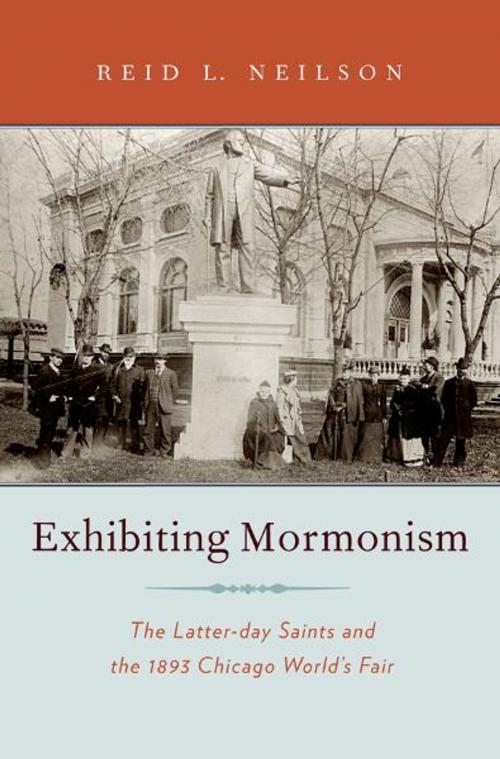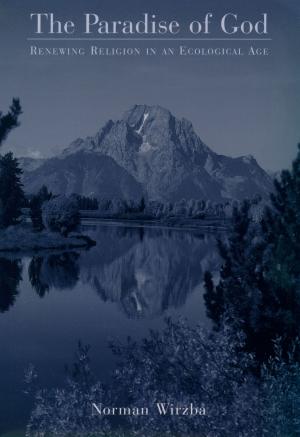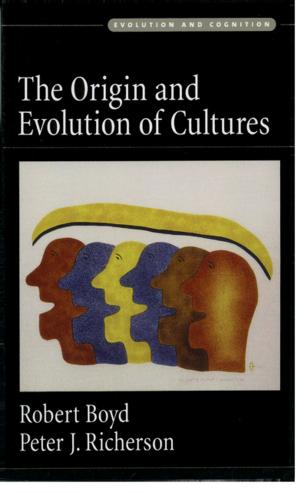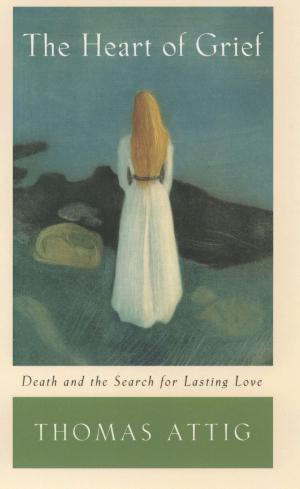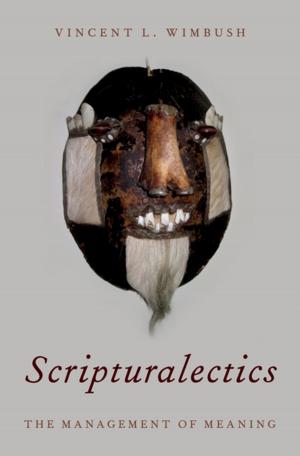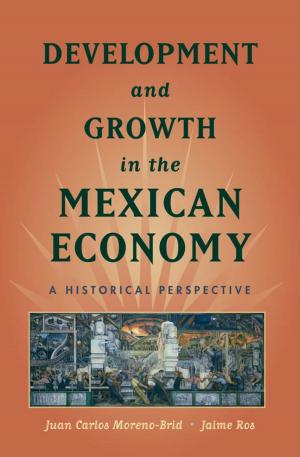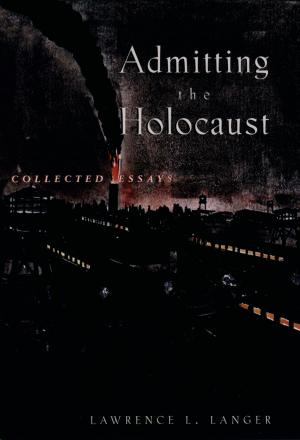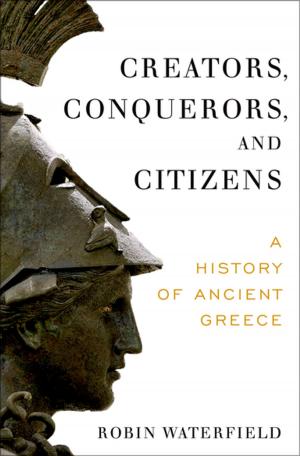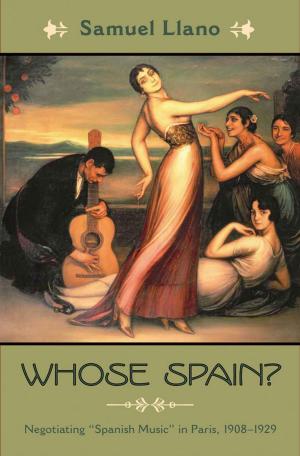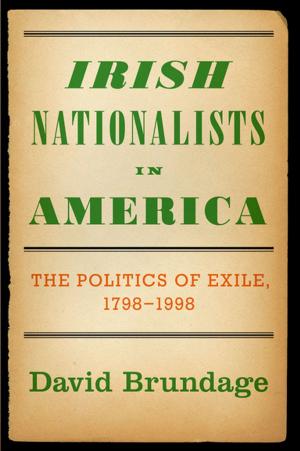Exhibiting Mormonism
The Latter-day Saints and the 1893 Chicago World's Fair
Nonfiction, Religion & Spirituality, Christianity, Denominations, Mormonism, History, Americas, United States, 19th Century| Author: | Reid Neilson | ISBN: | 9780199913282 |
| Publisher: | Oxford University Press | Publication: | December 9, 2011 |
| Imprint: | Oxford University Press | Language: | English |
| Author: | Reid Neilson |
| ISBN: | 9780199913282 |
| Publisher: | Oxford University Press |
| Publication: | December 9, 2011 |
| Imprint: | Oxford University Press |
| Language: | English |
The 1893 Columbian Exposition, also known as the Chicago World's Fair, presented the Latter-day Saints with their first opportunity to exhibit the best of Mormonism for a national and an international audience after the abolishment of polygamy in 1890. The Columbian Exposition also marked the dramatic reengagement of the LDS Church with the non-Mormon world after decades of seclusion in the Great Basin. Between May and October 1893, over seven thousand Latter-day Saints from Utah attended the international spectacle popularly described as the ''White City.'' While many traveled as tourists, oblivious to the opportunities to ''exhibit'' Mormonism, others actively participated to improve their church's public image. Hundreds of congregants helped create, manage, and staff their territory's impressive exhibit hall; most believed their besieged religion would benefit from Utah's increased national profile. Moreover, a good number of Latter-day Saint women represented the female interests and achievements of both Utah and its dominant religion. These women hoped to use the Chicago World's Fair as a platform to improve the social status of their gender and their religion. Additionally, two hundred and fifty of the Mormon Tabernacle Choir's best singers competed in a Welsh eiseddfodd, a musical competition held in conjunction with the Chicago World's Fair, and Mormon apologist Brigham H. Roberts sought to gain LDS representation at the affiliated Parliament of Religions. In the first study ever written of Mormon participation at the Chicago World's Fair, Reid L. Neilson explores how Latter-day Saints attempted to ''exhibit'' themselves to the outside world before, during, and after the Columbian Exposition, arguing that their participation in the Exposition was a crucial moment in the Mormon migration to the American mainstream and its leadership's discovery of public relations efforts. After 1893, Mormon leaders sought to exhibit their faith rather than be exhibited by others.
The 1893 Columbian Exposition, also known as the Chicago World's Fair, presented the Latter-day Saints with their first opportunity to exhibit the best of Mormonism for a national and an international audience after the abolishment of polygamy in 1890. The Columbian Exposition also marked the dramatic reengagement of the LDS Church with the non-Mormon world after decades of seclusion in the Great Basin. Between May and October 1893, over seven thousand Latter-day Saints from Utah attended the international spectacle popularly described as the ''White City.'' While many traveled as tourists, oblivious to the opportunities to ''exhibit'' Mormonism, others actively participated to improve their church's public image. Hundreds of congregants helped create, manage, and staff their territory's impressive exhibit hall; most believed their besieged religion would benefit from Utah's increased national profile. Moreover, a good number of Latter-day Saint women represented the female interests and achievements of both Utah and its dominant religion. These women hoped to use the Chicago World's Fair as a platform to improve the social status of their gender and their religion. Additionally, two hundred and fifty of the Mormon Tabernacle Choir's best singers competed in a Welsh eiseddfodd, a musical competition held in conjunction with the Chicago World's Fair, and Mormon apologist Brigham H. Roberts sought to gain LDS representation at the affiliated Parliament of Religions. In the first study ever written of Mormon participation at the Chicago World's Fair, Reid L. Neilson explores how Latter-day Saints attempted to ''exhibit'' themselves to the outside world before, during, and after the Columbian Exposition, arguing that their participation in the Exposition was a crucial moment in the Mormon migration to the American mainstream and its leadership's discovery of public relations efforts. After 1893, Mormon leaders sought to exhibit their faith rather than be exhibited by others.
